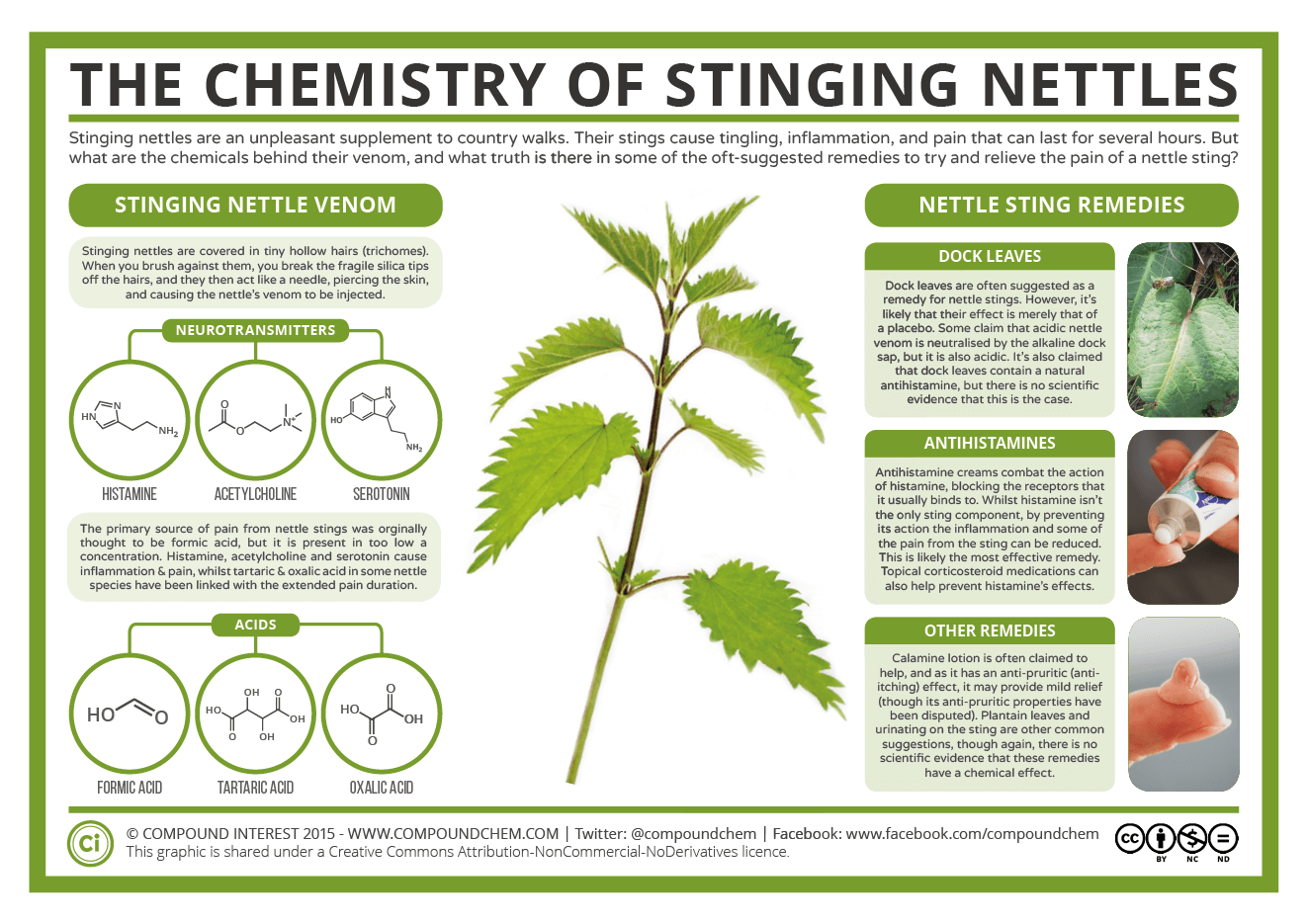The science of understanding the chemistry of Stinging Nettles is a complicated plant that gets a bad rap. It can be used in natural remedies and if prepared right … a tasty wild food.
If you have ever had the displeasure of getting tangled up with the Stinging Nettles Plant you are quite aware of how painful the sting can be. What you probably don’t know that it is that an unique venom that is injected into your body via the tiny hairs found on the surface of each of the leaves of the Stinging Nettles Plant that causes the pain. While much has been discovered about the chemical makeup of the compounds that are contained in the venom, much more still needs to found.

Make sure you like Homestead Survival on Facebook, Pinterest Boards or Google Plus to be updated every time we find a tutorial for innovative ways you can become self-sufficient on a budget.
The rest of the article talks about several long standing home remedies that are commonly thought to treat people who have come in contact with the Stinging Nettles Plant. It explains how numerous studies were done to prove that these so called remedies actually have no effect on the symptoms of the venom from the plant.

Benefits of reading the Chemistry of Stinging Nettles Article
● The article was written in hopes to shed light on several myths centered around home remedies
● The explains in detail exactly how the release of the venom inside the leaves causes the reaction for those stung by them
● While it serves to debunk two most commonly used remedies, it offers a couple remedies that offers some minor relief

Stinging nettle has fine hairs on the leaves and stems that contain irritating chemicals, which are released when the plant comes in contact with the skin. The hairs, or spines, of the stinging nettle are normally very painful to the touch. When they come into contact with a painful area of the body, however, they can actually decrease the original pain. Scientists think nettle does this by reducing levels of inflammatory chemicals in the body, and by interfering with the way the body transmits pain signals.
Stinging nettle has been used for hundreds of years to treat painful muscles and joints, eczema, arthritis, gout, and anemia. Today, many people use it to treat urinary problems during the early stages of an enlarged prostate (called benign prostatic hyperplasia or BPH). It is also used for urinary tract infections, hay fever (allergic rhinitis), or in compresses or creams for treating joint pain, sprains and strains, tendonitis, and insect bites.
Click here to read about understanding the chemistry of wild food Stinging Nettles:
http://www.compoundchem.com/2015/06/04/nettles/
[amazon-related-products keywords=”natural remedies”]


